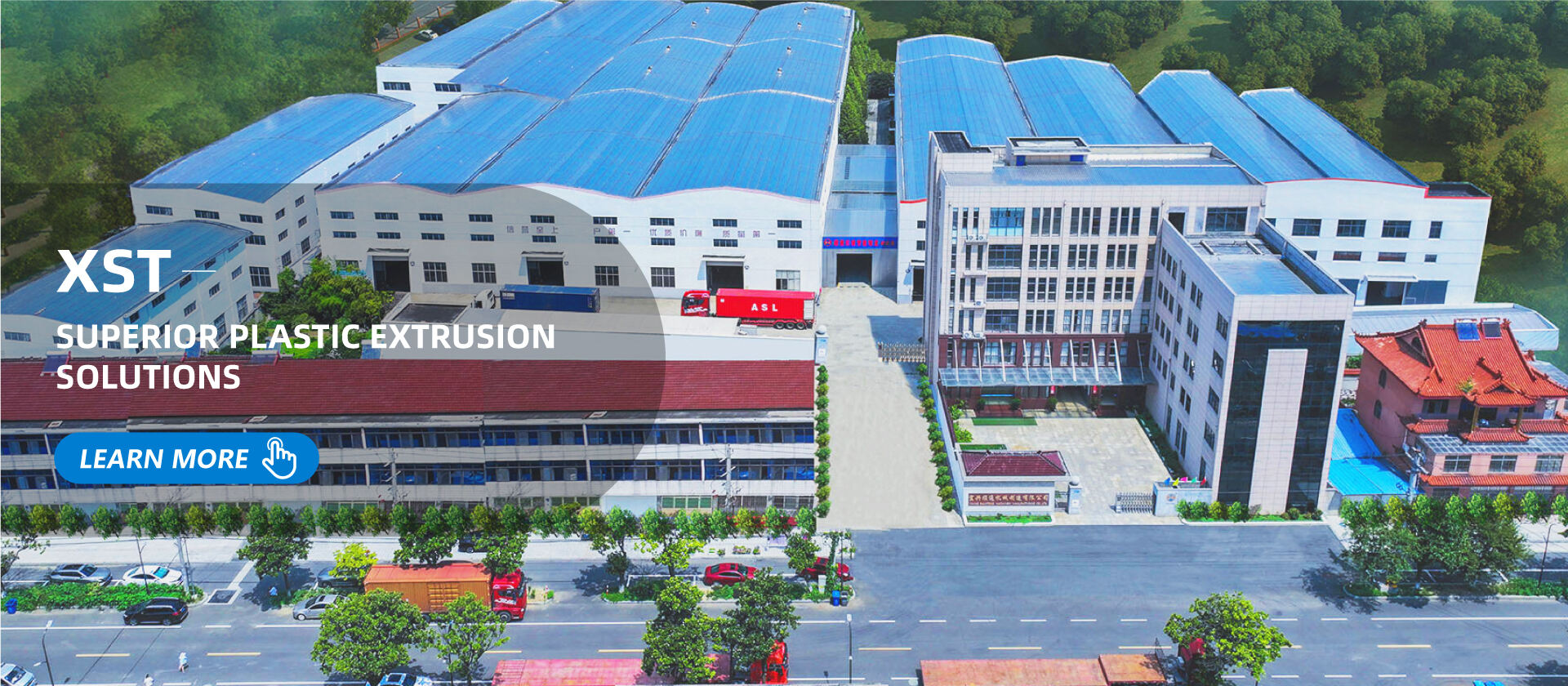12 Pole Brushless Motor Winding: Delivering High Torque & Smooth Operation for Targeted Industry Applications
In the new energy vehicle (NEV) auxiliary system sector, 12 pole brushless motor windings are ideal for key components like electric power steering (EPS) motors, HVAC blowers, and battery cooling fans. Their 12-pole design balances high torque output with low-speed stability—critical for EPS systems that require precise, responsive control at all vehicle speeds. Unlike lower-pole windings, they minimize torque ripple, ensuring quieter operation for in-car comfort, while their brushless structure aligns with NEVs’ demand for long service life and reduced maintenance, making them a go-to choice for automakers optimizing auxiliary motor performance.
Within industrial precision automation, these windings excel in equipment like medium-torque robotic arms, conveyor belt drives for heavy loads, and precision mixers. The 12-pole configuration provides consistent power delivery across variable speed ranges, which is essential for robotic arms handling assembly tasks that need both strength and finesse. Additionally, their ability to handle moderate current densities without overheating makes them suitable for 24/7 industrial operations, such as factory conveyors moving heavy parts. This combination of torque, control, and durability addresses the core needs of manufacturers upgrading to more efficient automation systems.
For large household appliances and renewable energy auxiliaries, 12 pole brushless motor windings meet the demands of high-capacity devices like front-loading washing machines (with large drum sizes) and wind turbine yaw motors. In washing machines, they deliver the steady torque required for high-speed spinning and gentle low-speed washing cycles, while reducing noise compared to traditional motor windings. In wind turbines, they power yaw systems that adjust the turbine’s direction to face the wind, with their 12-pole design ensuring reliable performance in outdoor temperature fluctuations and variable wind loads—supporting the stability of renewable energy generation.

